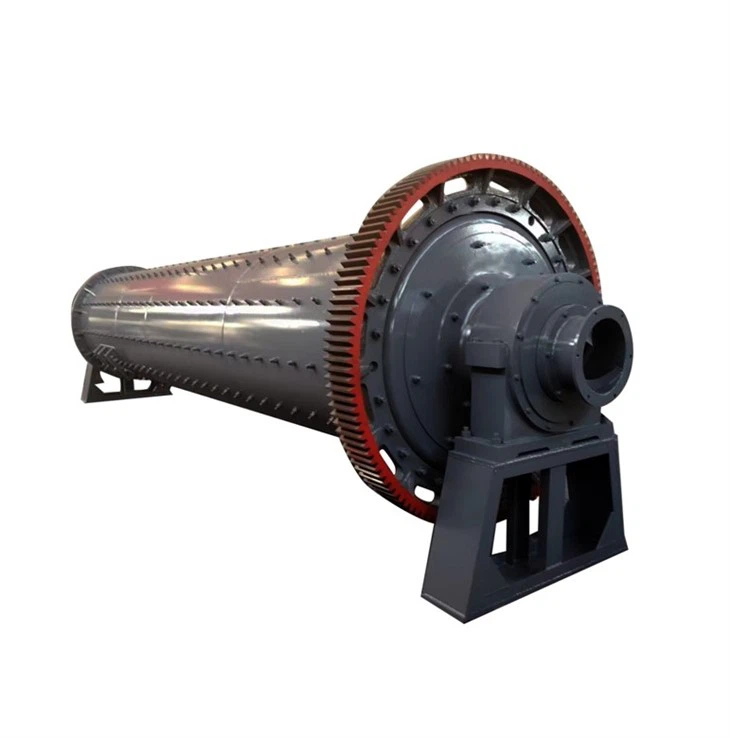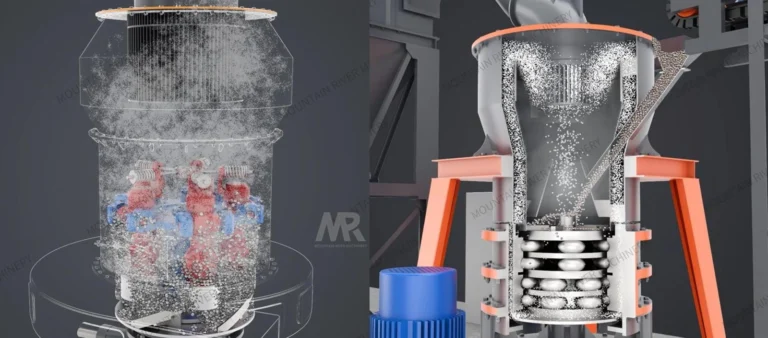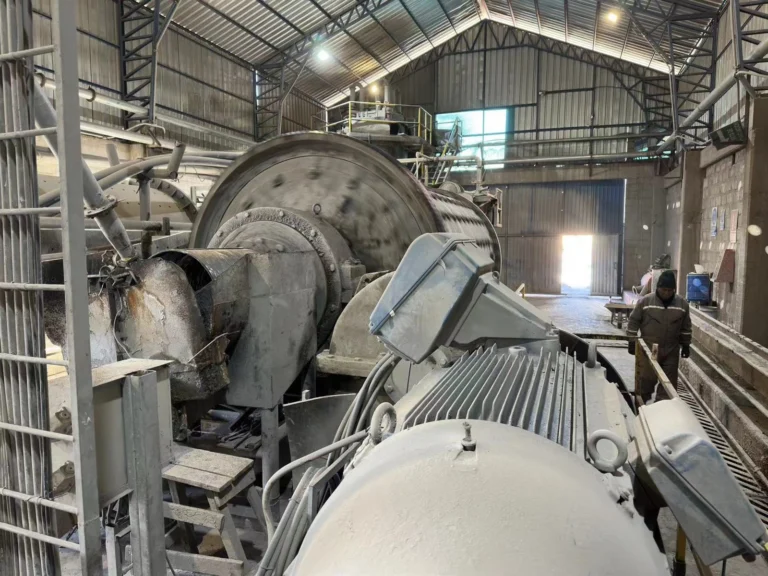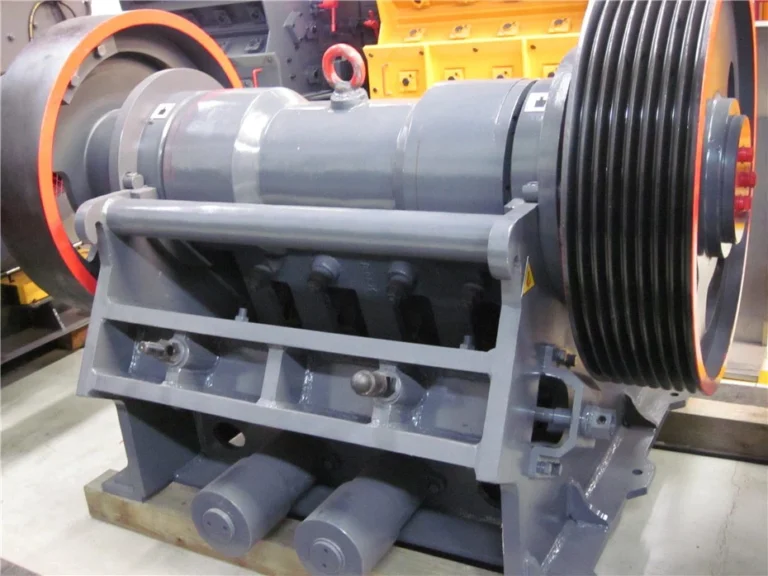What Is The Difference Between A Ball Mill And A Pebble Mill?
Introduction
In the field of grinding and milling equipment, ball mills and pebble mills are two widely used devices that serve different purposes. While both of them are used to grind different materials, they operate with distinct principles and features. Understanding the difference between a ball mill and a pebble mill is crucial for selecting the appropriate equipment for your specific needs. This article aims to provide a comprehensive comparison between the two, highlighting their key differences.
Principles of Operation
—Ball Mill:
A ball mill is a cylindrical device used in grinding or mixing materials like ores, chemicals, ceramic raw materials, and paints. It rotates around a horizontal axis and is partially filled with the material to be ground plus the grinding medium. The grinding medium can be ceramic balls, pebbles, or stainless steel balls. As the mill rotates, the grinding media cascade and tumble, impacting and grinding the material. The fineness of the end product is controlled by the duration and speed of rotation of the mill, the size of the grinding media, and the material being ground.
—Pebble Mill:
A pebble mill is a type of ball mill that uses flint pebbles or porcelain balls as the grinding media. It is slightly inclined to the horizontal, with a cylindrical shell rotating at a low speed. The material enters the mill from one end and travels through the mill, being impacted by the grinding media. The size reduction occurs through attrition and impact. The pebbles or balls cascade and tumble within the mill, ensuring efficient grinding. The final product”s fineness depends on various factors such as the duration of milling, the size of the grinding media, and the material being processed.
Design and Construction
—Ball Mill:
Ball mills are typically designed with a length-to-diameter ratio of 1.5:1 to 2.5:1. The length of the mill is approximately equal to its diameter. The inner surface of the cylindrical shell is usually lined with abrasion-resistant materials such as manganese steel or rubber to protect the shell and minimize wear. The mill is supported by trunnion bearings at both ends, allowing it to rotate on its axis. The discharge end of the mill is equipped with a screen or grate, which controls the size of the final product.
—Pebble Mill:
Pebble mills have a similar design to ball mills, but the length to diameter ratio is typically between 1:1 and 2:1. Pebble mills also have a cylindrical shell, but the inner surface is lined with porcelain or flint pebbles instead of steel or rubber. The lining protects the shell from wear and also acts as a grinding medium. Similar to ball mills, pebble mills have trunnion bearings at both ends and a discharge grate at the end.
Operating Conditions
—Ball Mill:
Ball mills are commonly used for both wet and dry grinding processes. They can operate at variable speeds, depending on the application and the desired particle size. The grinding medium can be different types of ceramic, steel, or rubber balls, which are chosen based on the hardness of the material being ground. Ball mills can be continuous or batch-type mills. Continuous mills are typically used for large-scale production, while batch-type mills are suitable for small-scale or laboratory use.
—Pebble Mill:
Pebble mills are primarily used for wet grinding applications. They can operate at a fixed speed or variable speed, depending on the application. Since the grinding action in pebble mills is attrition-based rather than impact-based, they tend to be more efficient for wet grinding processes. The choice of grinding media in pebble mills is typically pebbles or balls made of porcelain, flint, or steel.
Advantages and Disadvantages
—Ball Mill:
Advantages:
1. Versatility: Can be used for both wet and dry grinding processes.
2. Wide range of applications: Suitable for various materials and industries.
3. Larger capacity: Can handle larger quantities of materials.
4. Better control over the final product”s fineness.
Disadvantages:
1. Higher operating costs: Consumes more energy compared to pebble mills.
2. Grinding media wear: Requires frequent replacement due to wear and tear.
—Pebble Mill:
Advantages:
1. Lower operating costs: Consumes less energy compared to ball mills.
2. Less grinding media wear: Pebbles or balls have a longer lifespan.
3. Efficient for wet grinding applications.
4. Suitable for fine grinding and comminution.
Disadvantages:
1. Limited applications: Primarily used for wet grinding.
2. Limited capacity: Not ideal for large-scale production.
Conclusion
In summary, the main difference between a ball mill and a pebble mill lies in their principles of operation, design, construction, operating conditions, and advantages/disadvantages. Ball mills are suitable for both wet and dry grinding processes and are commonly used in various industries. They offer versatility, larger capacity, and better control over the final product”s fineness. Pebble mills, on the other hand, are primarily used for wet grinding applications and offer lower operating costs, longer grinding media lifespan, and are efficient for fine grinding. Choosing between a ball mill and a pebble mill depends on factors such as the desired particle size, material properties, and the scale of production.






